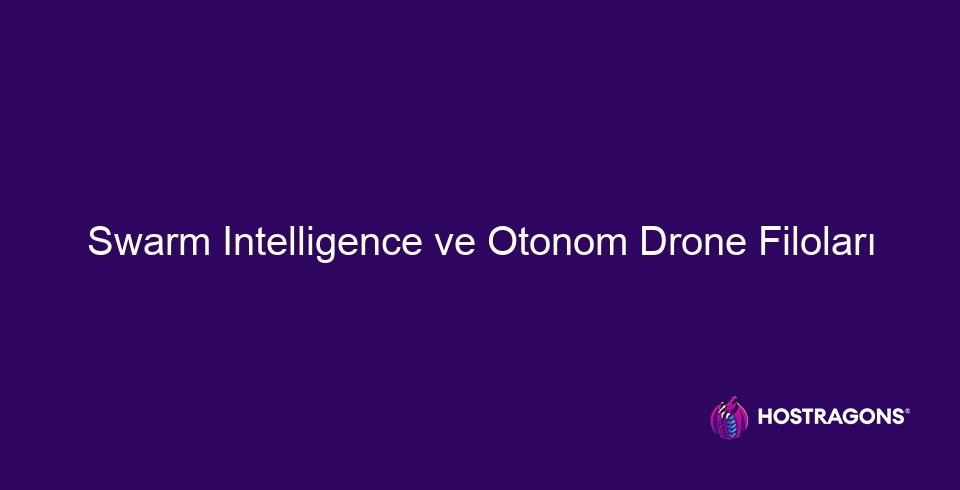 Jul 23, 2025
Jul 23, 2025
Swarm Intelligence and Autonomous Drone Fleets
Swarm Intelligence (Swarm Intelligence) is an innovative approach inspired by collective behavior in nature that enables the coordination of autonomous drone fleets. In this blog post, we examine what Swarm Intelligence is, the rise of autonomous drone fleets, and how these two concepts align. We explore the technologies required for drone fleets, their advantages and disadvantages, application areas (search and rescue, agriculture, logistics, etc.), and examples. We also provide information on human interaction, legal regulations, ethical issues, and potential future developments. Finally, we highlight the potential of Swarm Intelligence in drone technology and offer suggestions for potential applications in this area. What is Swarm Intelligence? Swarm Intelligence (SI), translated into Turkish as "Sürü Zekası" (Swarm Intelligence), is the ability of simple agents to...
Continue reading











